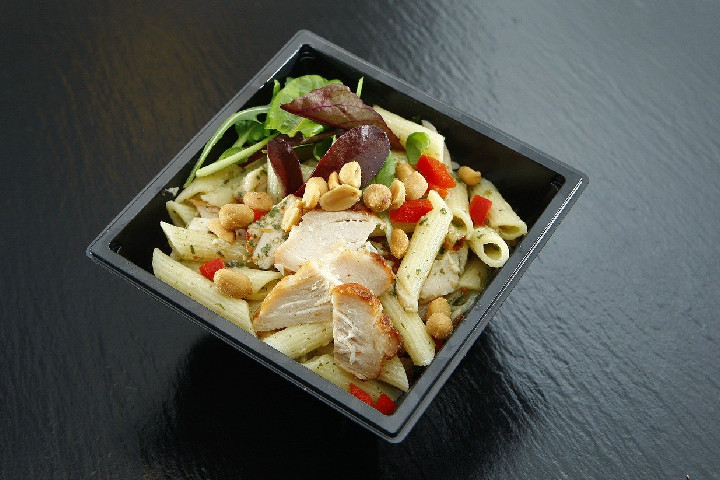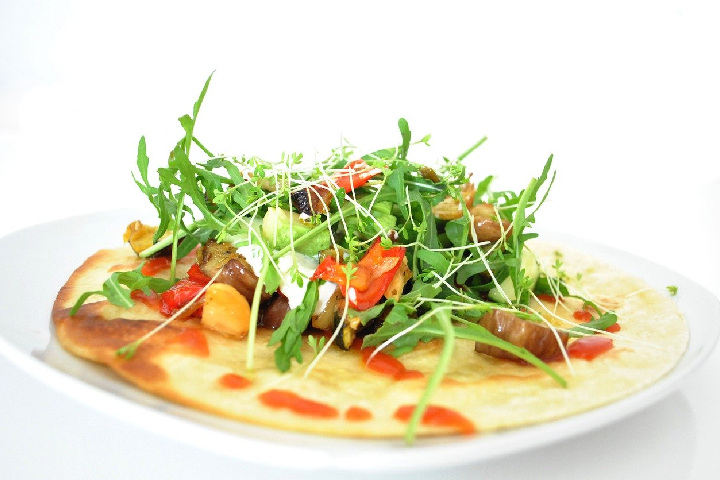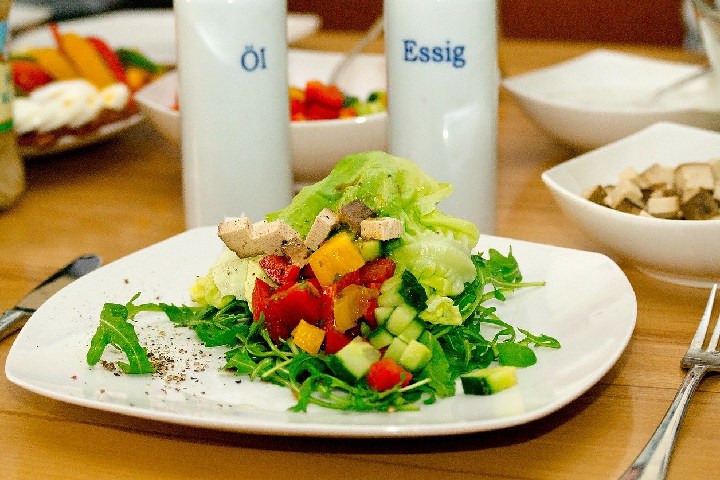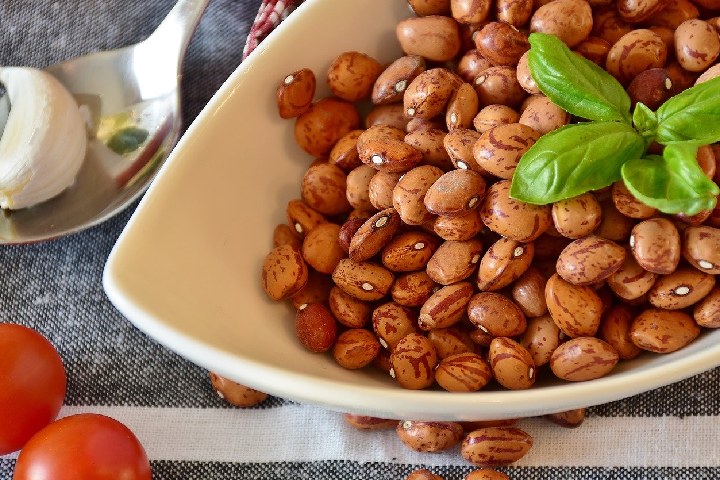Legumes: They satiate, provide fiber, reduce cholesterol. Can you ask for more? Well, here you have all the tricks to include the beneficial legumes in the diet.
Table of Contents
1. 7 Good Ideas to Eat More Legumes
As an Aperitif, Peanuts
Despite what is often believed, peanuts are not nuts, but a legume. They are ideal as an aperitif, either raw or fried or toasted. An original and delicious idea is to roast them a little with a mixture of different spices: curry, cumin, paprika, turmeric, And you can also mix them with other nuts. Rich and healthy!
Cold or Warm Salads
Legumes go perfectly with any salad, whether warm or cold. For example, we love them with vegetables, cheese, and pita bread, but there are endless options, as many as your imagination can think of.
In Delicious Cream
It is an option that gives you a lot of play since you can prepare it with a single legume, combine several and add vegetables – such as this one with chickpeas and carrots. It is also a way to take advantage of and transform leftover legumes from the previous day.

Hummus for Dipping
It’s super easy: crush some cooked chickpeas with garlic, a pinch of cumin, a little lemon juice, and, if you want, tahini. Sprinkle with paprika, drizzle with oil and serve with hot pitas. You can also try making it with lentils or beans.
Burgers and Tortillas
You can mix legumes with vegetables, rice, rolled oats, and make hamburgers with the mixture. To cause the dough to compact a bit, leave it in the fridge for a while before shaping it. And if not, you can incorporate them into an omelet like the typical pea omelet and make several hamburger sizes.
Mexican Tortillas
The most common fillings are based on minced meat, chicken, and vegetables. Why not add a handful of red or black beans? Or also do without meat and make them only with legumes and vegetables like our corn fajitas with beans and peppers. To save time, you can use the legumes they sell already cooked.

Combined With Vegetables
One formula that never fails is to combine legumes with vegetables. If you do it initially and with a party look, like this hummus and eggplant timpani, you will triumph, sure!
They are neither food for the poor nor fattening. Despite the bad reputation that has accompanied them for some time, legumes are so nutritionally rich that they cannot lack a healthy diet. They satiate, provide fiber, reduce cholesterol And; also, they are super versatile in the kitchen.
2. They Don’t Have to Be Heavy
Traditional recipes can be somewhat indigestible because they are usually loaded with fat and meat. Perhaps they were ideal in times when hard physical work was carried out. Still, today we can prepare much lighter and more balanced legume dishes as in the 7 proposals in our gallery to incorporate more legumes into the diet.
3. Gas is Not a Valid Excuse
This effect may be because you are not used to digesting them. Do not discard them and increase their presence in your usual diet. However, to avoid gas, also keep the following tips in mind:
- Eat small servings. At first, 30 g dry, and then increase up to 80 g.
- Let them soak overnight is enough.
- When cooking, add anise, fennel, or cumin seeds to the water.
- Use a pressure cooker, they will conserve nutrients better, and you will save time and energy.
- Another way to prepare them is in delicious purees or creams, which are easier to digest.
- The red lentil, which lacks skin, is the most digestive.
4. A Treasure of Health in Your Pantry
They have been defined as the perfect food for balancing proteins, complex carbohydrates, fiber, vitamins, and minerals. Increasing its presence in the diet produces benefits for health and figure.
Winter is the perfect season to enjoy the gastronomic and healthy properties of legumes. Please take the opportunity to enjoy them to the point of becoming fond of them all year round, because legumes are a staple food, protein, energy, and, also, cheap.

5. They Are Also Legumes!
Peanuts are both nuts and legumes. They contain a lot of vitamin B3 and also polyunsaturated fatty acids.
Lupins are found in brine and are a good source of high-quality protein.
Peas combine the properties of legumes and vegetables. Use them in recipes with potatoes and rice, and stir-fries, stews, and purees. Tofu is made from soy, which is also a legume. Tofu is the most digestive way to consume this legume, which contains all the essential amino acids and supports women’s endocrine balance.
6. Well Cooked Legumes
Except for chickpeas, all legumes should be cooked in cold water. If water has to be added during cooking, it should always be cold. And remember that in the case of beans and to make them softer, it is advisable to cut the cooking three times by adding a splash of cold water, whether or not they need more liquid.
It is what is known as “scaring them.” Another good tip is that you use, whenever you can, legumes of the year, which are softer and more tender.
Do not use the soaking water for cooking the legumes. It could contain stones or skin and also darken the stew.

